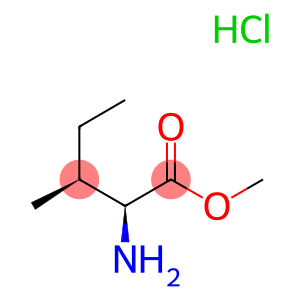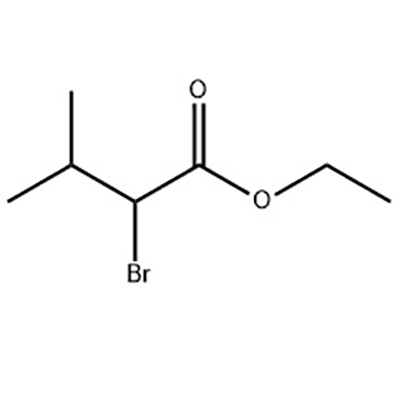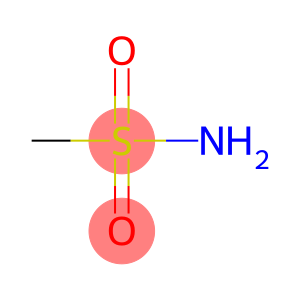2,6-Dimethyl-7-octen-2-ol(CAS#18479-58-8)
| Hazard Symbols | Xi – Irritant |
| Risk Codes | R36/37/38 – Irritating to eyes, respiratory system and skin. R36 – Irritating to the eyes R36/38 – Irritating to eyes and skin. |
| Safety Description | S26 – In case of contact with eyes, rinse immediately with plenty of water and seek medical advice. S36/37 – Wear suitable protective clothing and gloves. |
| WGK Germany | 1 |
| RTECS | RH3420000 |
| Toxicity | The acute oral LD50 value in rats was reported as 5.3 g/kg (4.5-6.1 g/kg) (Moreno, 1972). The acute dermal LD50 value in rabbits exceeded 5 g/kg (Moreno, 1972) |
2,6-Dimethyl-7-octen-2-ol(CAS#18479-58-8)(dihydromyrcenol)Introduction
Dihydromyrcenol. It is a colorless liquid with a special aromatic and warm smell.
It can be used as a base ingredient in perfumes and essences, giving products a unique and captivating aroma. It can also be used to make soaps, detergents, and softeners that add fragrance to products.
There are two main methods for the preparation of dihydromyrcenol: one is obtained from laurcol by steam distillation; The other is the conversion of myrcene into dihydromyrcenol by catalytic hydrogenation reaction.
Safety information of dihydromyrcenol: It is less toxic and has no obvious irritation and corrosiveness. However, care should still be taken to avoid contact with eyes and skin. When using or storing, it should be kept away from open flames and high temperature environments, and a well-ventilated place should be maintained. Care should be taken to avoid inhaling its vapors or gases.








